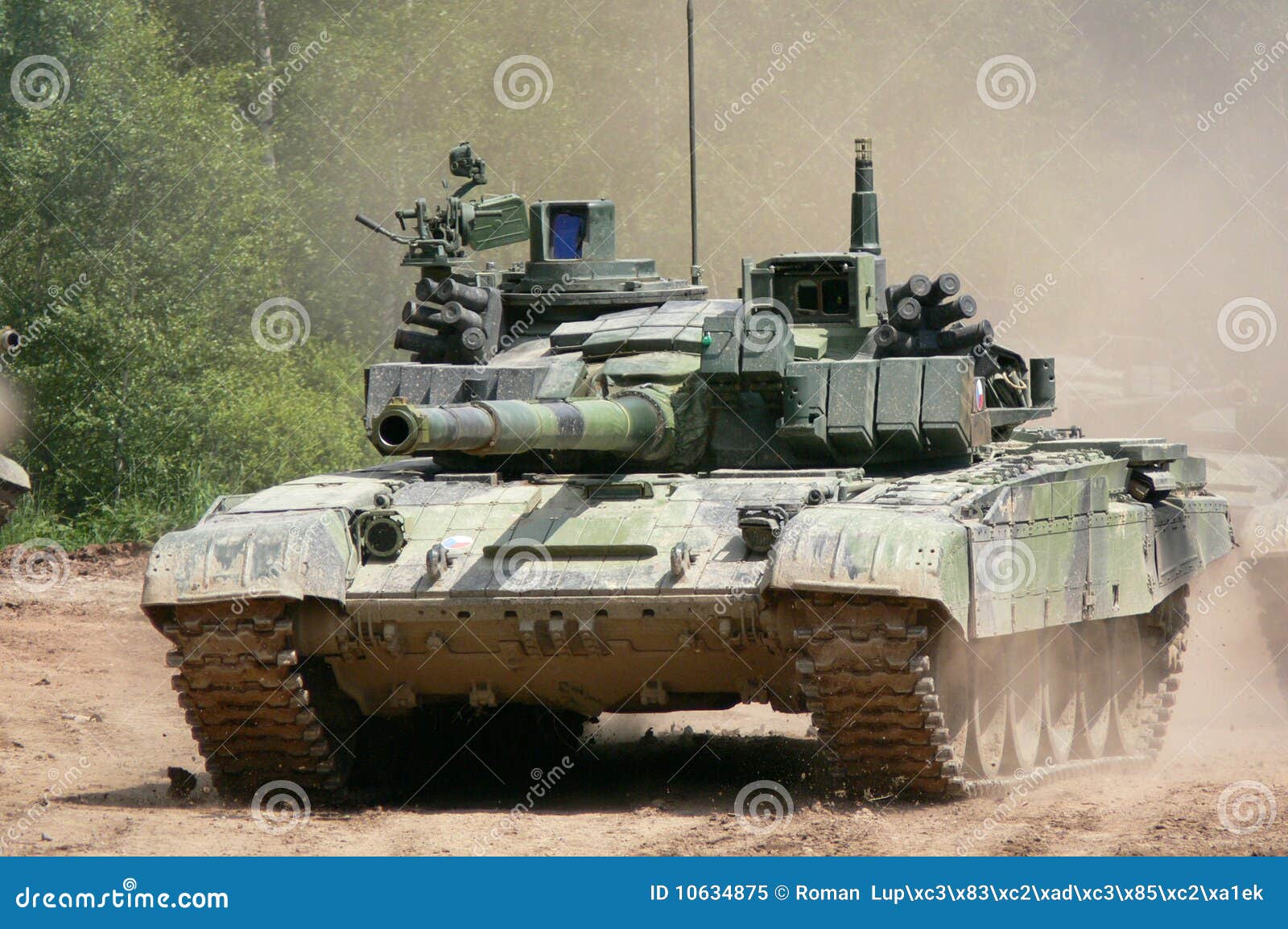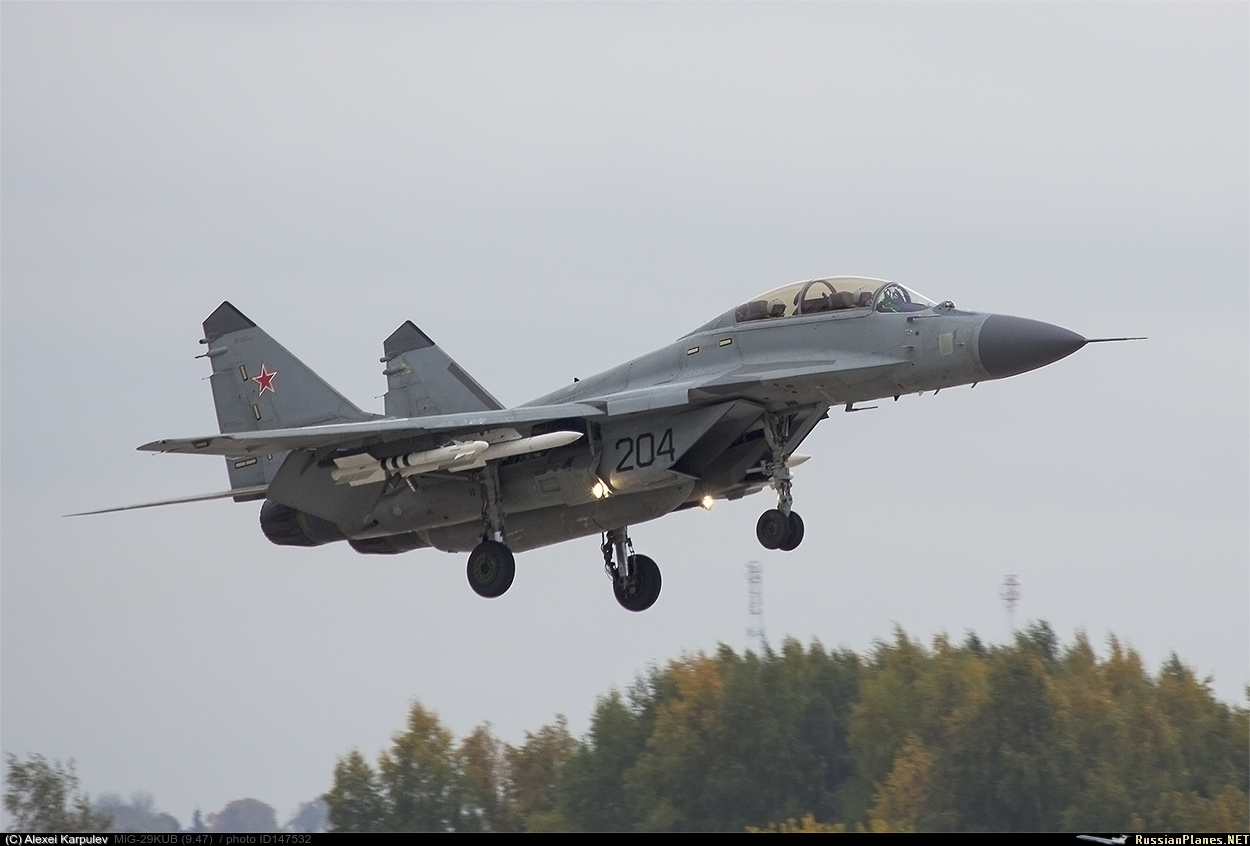When it comes down to tanks it depends on the doctrine used, and I truthfully feel the abrahms would do poorly in europe due to it's size, while the leapord 2 would perform better and be a metter match as it was designed for european combat. the same can be seen in the middle east, where the modern abrahms can usually take out russian tanks because the range they can fire at, russian tanks were meant for the average fire range in europe, usually up to 1.5 km while in open deserts engagements can happen at 2-3 km.
This is where the main strategy has to be taken into account.
In the event of WWIII in Europe, the NATO strategy was always to conduct a fighting retreat. Not to try and meet the SOviet son the battlefield, but to try and slow their advance as much as possible, trading men for land in the most efficient way possible.
Most of the engagements on the NATO side would not have been with tanks, but with other equipment. HMMWVs with TOW missiles. Infantry with DRAGON missiles. M-2 Bradley APCs with whatever they had. Engage, fire off the missiles, then run like heel to the next series of prepared positions. Not trying to meet the Soviet tanks with NATO tanks. Simple make them bleed as much as possible, while tanking as much out as they could while doing so.
The actual "tank battles" would come later, when NATO was ready to strike back. When the US entered into the conflict with 3 armored divisions, along with what the rest of NATO could throw into the battle. At that time, they would be facing a Warsaw Pact army that was bloodies, worn down, and at the end of a very long logistical chain that would have been under attack for weeks or months.
Most seem to have this mistaken belief that the US 3rd Armored Division (the one stationed in Germany during the Cold War) would have been facing off against the best of the Soviet Armor. That is simply not the case. The intent had always been to do hit and run withdrawals. Fire off some shots, then run like hell to the West. Make them bleed, make them expend material and stretch supply lines. And as the lines of the Soviets got longer, that of NATO would grow shorter.
All to often, I notice that people keep comparing stats of equipment, and completely forgetting how that equipment will be used.
I am not "tanker guy" but in what world is a T-72 (even upgraded) anywhere near on a par with an M1A1 Abrams?
Can some armored types educate me if i am way off base here?
In general terms, it is not.
But in quantity, it can be.
Think of it as a battle with one side using a Civil War era musket, against soldiers with the M16.
Sounds lopsided, right? The M16 will wipe the field with them.
Well, if the M16 users are a Battalion and the rifled muskets are a Regiment, it is much less lop-sided. If the muskets are a Division, then odds are they will win, even with the inferior technology.
To put it in perspective, the T-72 was the best tank the Soviets produced, in the early 1970's. The M-1 dates to the early 1980's. In general, assuming equal advantages with numbers, terrain, and tactics, it was assumed that you would need 2 T-72s to equal 1 M-1. Whish was reasonable, since the T-72 was made in huge numbers and esported all over the world.
However, for the most part only the Soviets expected their tanks to ever fight against US tanks. In most of the world, they expected to fight against either other Soviet tanks (say the Sino-Vietnam War), or against older US tanks.
In general, the T-72 was on par with the M-60A3 or the Israeli Magach 6/7 (domestically upgraded M60A2-3 tanks). But in most engagements, it was the tactics that mattered far more than the tanks themselves.




